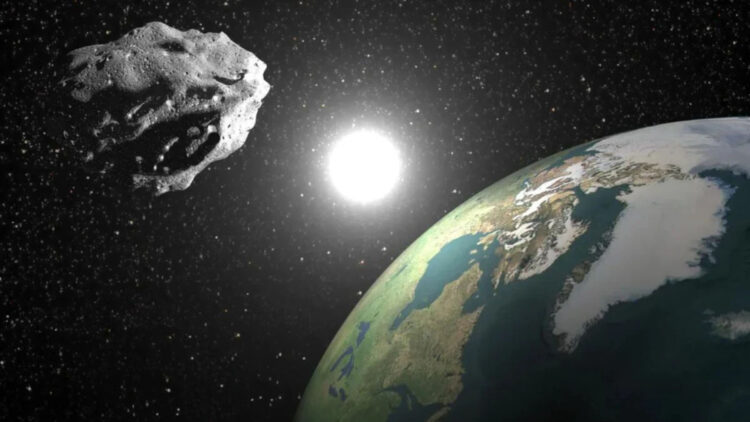There are some news going on about the space: Asteroid 2025 PN7 is a visitor that moves around like an Earth’s quasi-moon. It’s not a real Moon: it follows its own path around the Sun, but it looks like is “accompanying us” because it has a similar rythm too ours in the Earth orbit. It was seen on August, 2025 by the Pan-STARRS observatory of the University of Hawaii, and the astronomers believe that it will continue to be close for decades, around 2083.
The object is little, about the size of a bus, and it’s really far away: it never gets closer to 4 million kilometers. It doesn’t affect the tides or gravity, and does not represent any danger.
For astronomy, to have a partner like this one is like having a laboratory to study how bodies move in the solar system and compare their trajectories with other near-Earth asteroids (NEAs). It also helps agencies like NASA explain that we still have only one Moon, and this is just a temporary visitor. Previous cases like the Kamoʻoalewa, gave many clues already, and even motivated the Tianwen-2 mission from the China National Space Administration.
Teams from the Complutense University of Madrid, with scientists like Carlos de la Fuentes, are also following the situation from very close.
What’s a “quasi-moon” and why is 2025 PN7 so important?
A “quasi-moon” is an object that orbits the Sun, but its movements makes that (seen from here) it looks like is “travelling with Earth,” like two cars on a highway, in different lanes but at the same speed.
This happens with asteroid 2025 PN7. What’s special about it, is that its orbit it’s well defined and stable (for now), so it can be observed for years.
Some data from what the Pan-STARRS observatory from the University of Hawai saw shows that it about 16 meters in size, it was officially detected on August 2, 2025, its orbital total is 126 years, and it will say “goodbye” around 2083. Furthermore, it won’t get closer than 4 million kilometers, which is about 10 times the distance from the Moon.
This is gold in the astronomy world: to understand how Sun and Earth’s gravity “accommodate” this objects near the solar system helps explain the movement from the near-Earth asteroids (NEAs).
Doubts and questions about the second Moon
The following up of asteroid 2025 PN7 started in the University of Hawaii and with the Pan-STARRS observatory, then it expanded with international teams, like those from Complutense University of Madrid. In September’s 2025 file, Carlos de la Fuentes resumed the mystery of the origin with a straightforward phrase: “No tangible indications of where it originates, only speculation through.” No one still knows exactly where it comes from. Something similar happened with other quasi-moons from the past; they though some could come from main belt of asteroids; others, of fragments expelled by impacts on the Moon.
Une exemple is Kamoʻoalewa, who inspired the Tianwen-2 mission of the China National Space Administration to take samples in 2027.
The benefits form studying objects like this is that they allow to investigate the internal part of the solar system without going to destinations that are really far away from Earth. And it helps to have a better knowledge of near-Earth asteroids.
NASA has declared clarified some rumors that were going on on social media: we don’t have “two Moons until 2083.” There’s only one; asteroid 2025 PN7 is only a small a distant traveler partner that doesn’t affect in our daily lives.
A silent neighbor, but useful to science
Asteroid 2025 PN7 is a harmless quasi-moon that travels close to us in the Earth orbit, and to gives us te chance to learn. And when it decides to leave us, it will have left us valuable data and a better understanding of how these “temporary friends” work in space.

